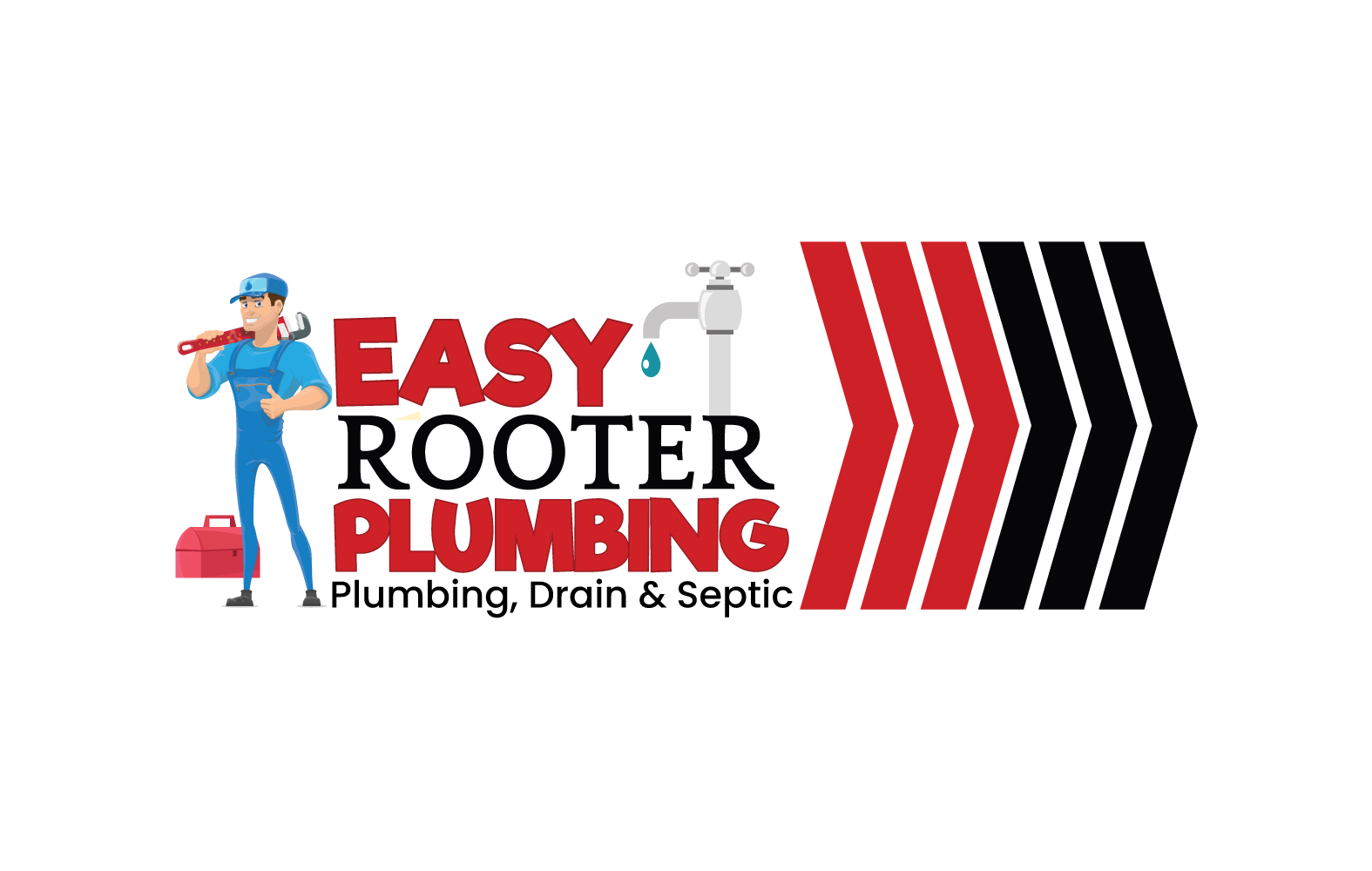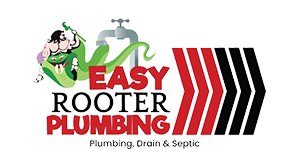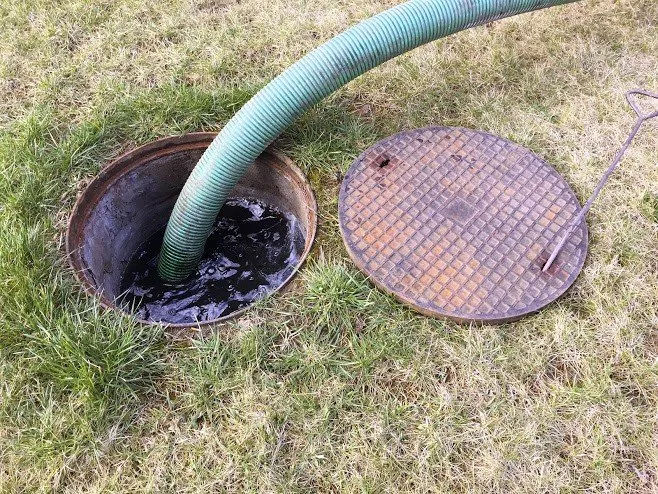WHAT ARE SEPTIC TANK BAFFLES?
Because septic tanks are mostly found underground, many homeowners are completely unaware of how a septic system clears waste from the home. Along with the large tank, a septic system has several components built into the design, including baffles. A lot of septic tanks include two baffles and the baffles are an essential part of smooth operations.
Learn what baffles are, problems that may occur with baffles, and how professional plumbers Reno can diagnose and repair baffle issues.
Baffle Overview
A baffle is a large drainage pipe connected to the top of a septic tank. In older homes, baffles were manufactured with concrete and formed into pipes. In modern homes and new septic tanks, thick plastic such as PVC is mainly used for the baffle pieces. To help block certain materials from entering the septic tank, a baffle will often include a large filter on the interior of the pipe.
Inlet Baffle
The main pipe that goes from your home and into the septic tank is known as the inlet baffle. Every drain pipe in the home eventually reaches this baffle, and it is rare for a septic tank to have more than one inlet baffle.
The end of the baffle extends into the top area of the septic tank as waste drains out and falls down into the tank. The inlet pipe remains up high in the tank to prevent waste from traveling back into the home.
Outlet Baffle
When septic waste fills up and needs to drain, the waste travels through an outlet baffle. Typically located on the opposite side of the inlet baffle, the outlet baffle faces the drain field and is essential for properly clearing out wastewater. The design of the outlet baffle allows water to rise up through the pipe and easily exit to the drain field.
Signs of Problems
If you have plumbing issues in the home, some of the problems may be directly associated with the baffle. Large amounts of toilet paper or debris could easily clog a baffle area and prevent wastewater from entering the septic tank. One clear sign of a problem is if water is coming back into the home.
If you notice water coming out of sink drains, shower drains, or toilets, then you could have a baffling issue. If water cannot push through a clogged baffle, then the water will return back into the home and could end up in drains you weren’t even using.
Another clear sign of a baffling issue is a foul odor in the house. If you smell rotten eggs or sewage, then the septic tank could be overfilled. The extra waste does not exit the outlet baffle quick enough and odors can escape into your home through the baffle.
The origins of the odors may come from excess sludge built up in the septic tank. If you have not had your septic tank drained in years, then sludge buildup could block the baffle from properly clearing waste. A plumber would need to completely drain the baffle to restore the space and prevent issues in the home.
A third problem could occur in the drain field near the septic tank. If an outlet baffle has cracked, broken, or malfunctioned, then water could leak out at a faster rate and flood the drain field. When on your lawn, you may notice a change in the color or texture of your grass. Small puddles may form and the ground could feel softer and damper than usual.
Baffle Access
One of the positive aspects of a baffling issue is easy access. A majority of septic tank baffles are located right underneath the access hatches of the septic tank. Many drain dumps feed through the baffle to clean out a septic tank. If you believe an issue has occurred, then you may look under the hatch and into the baffle.
Foreign items like paper towels, toys, and other solids could appear in the baffle. If you see anything on the surface, you could remove the items to attempt a temporary solution. Otherwise, you may not want to dig around in the baffle. Wait for a professional. You could damage the filter and create bigger issues.
With the easy access, a plumber can inspect the baffle and use the pipe as an access point for inspection cameras or other tools.
Baffle Treatment
One of the more common treatments for a baffle is a water jet cleaning. A plumber uses a fast water jet to clean out debris and push it through the baffle. In many cases, the water jet will start on a drain on the inside of your home and push debris to the outside.
Once the pipes are cleared into the septic tank, a pump can suck everything out and ensure your septic system runs smoothly.
For more information on baffle maintenance and repairs, contact us at Easy Rooter Plumbing. We have years of experience diagnosing problems and can ensure your septic tank runs smoothly for years to come.



